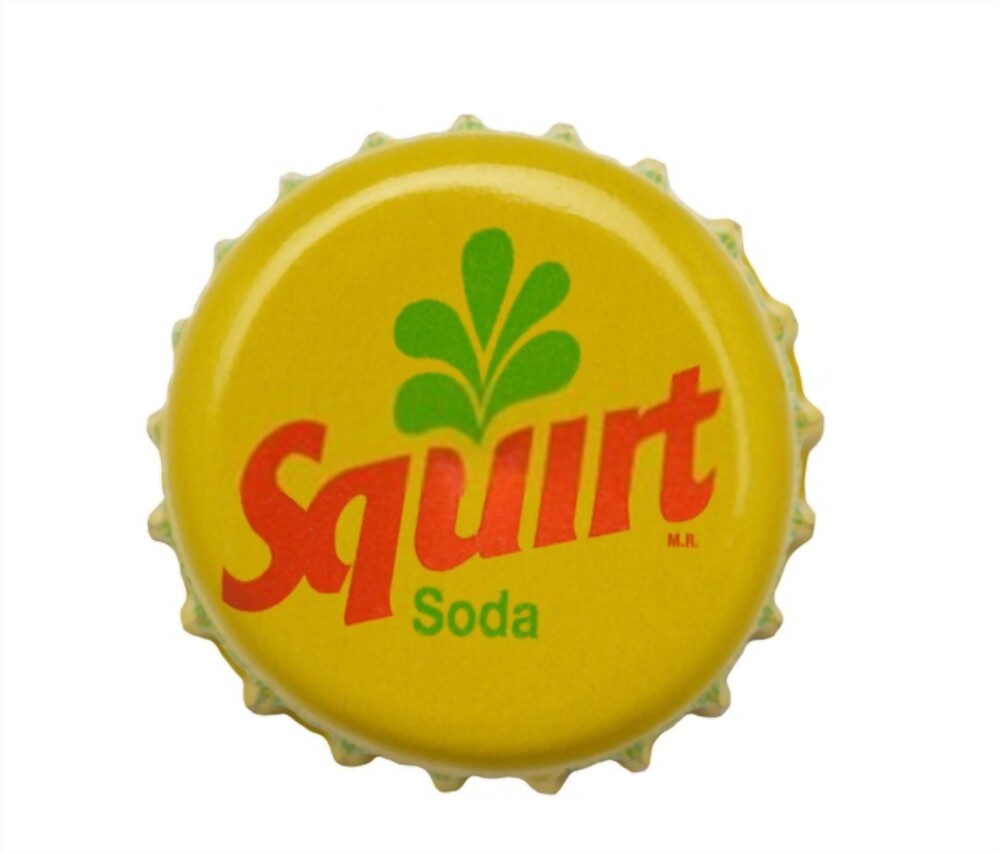There are two commonly accepted likelihood of confusion survey formats, including the “Squirt” format, and the “Eveready” format. This article addresses Squirt surveys,
which are also known as “Lineup” surveys. For information on the Eveready format, please visit our “Using the Eveready Survey Format to Measure Likelihood of Confusion” page.
Squirt Survey Format
The name “Squirt” comes from a survey format conducted in 1980, in SquirtCo v. The Seven-Up Company. SQUIRT was a trademark of SquirtCo. When the Seven-Up Company introduced QUIRST, SquirtCo argued that the similarity of names was confusing to customers.
A survey measured the likelihood of confusion between the two names. In the SquirtCo v. The Seven-Up Company likelihood of confusion survey, respondents were exposed to radio ads for both SQUIRT and QUIRST and then asked whether they believe that SQUIRT and QUIRST were made or put out by the same company or by different companies. To reiterate, respondents were exposed to the trademarks of both the senior and junior users.
Although elements of this format for measuring likelihood of confusion have changed and evolved over the years, the core idea remains that marks from both parties are shown to respondents.
The Squirt format for likelihood of confusion surveys is different from an Eveready, as only the defendant’s product are shown when using the Eveready survey format.
Squirt surveys may be conducted in a variety of ways, depending on the specific nature of the market context. In one common format for a Squirt survey, one product or trademark is shown by itself first, followed by a lineup that includes the other product or trademark and other similar products or trademarks. Because of the use of an array, the Squirt format is sometimes called “lineup.”
As marks from both parties are shown to respondents, the Squirt or lineup format for likelihood of confusion surveys replicates conditions under which marks have marketplace proximity. As one author has stated, this format is used when marks “… are simultaneously or sequentially accessible in the marketplace for comparison. It relies on the ‘proximity’ factors (e.g., overlapping customers, channels of trade and advertising) in a likelihood of confusion analysis, rather than on the strength factor, as its market replication rationale.”[1]
An Example of the Squirt Survey Format: Crystal Head Vodka
In the matter of Globefill Incorporated v. Elements Spirits, Inc., Globefill Incorporated’s Crystal Head Vodka alleged that consumers would be confused into believing that Elements Spirits, Inc.’s KAH Tequila’s skull-shaped bottles of tequila were made or authorized by Crystal Head Vodka, which sells vodka in skull-shaped bottles.
Dr. Isaacson’s Squirt Survey
Dr. Bruce Isaacson conducted a Squirt survey to measure the likelihood of confusion between KAH Tequila and Crystal Head vodka.
Dr. Isaacson’s Squirt survey focused on the junior user’s universe, by measuring confusion among tequila drinkers, and was conducted in person. Respondents were shown actual bottles of tequila, which replicates a scenario in which a consumer in a retail location, such as a liquor store, sees Crystal Head and then sees KAH amongst other tequila bottles.
Respondents were asked several questions commonly used with Squirt format surveys. For example, respondents were asked questions to measure confusion as to source, and as to sponsorship or approval.
Results indicated that there was a likelihood of confusion between the accused bottle of KAH tequila and Crystal Head vodka. Dr. Isaacson testified about his survey during the trial, and the jury found in favor of Crystal Head in March 2017.
Conducting Your Likelihood of Confusion Survey
For help with your next Squirt survey to measure likelihood of confusion, contact the survey experts at MMR Strategy Group.
[1] Swann, Jerre B., “Likelihood of Confusion Studies and the Straitened Scope of Squirt”. The Trademark Reporter, May-June 2008, p 755-756.
Kimberly White
Research Director
MMR Strategy Group

